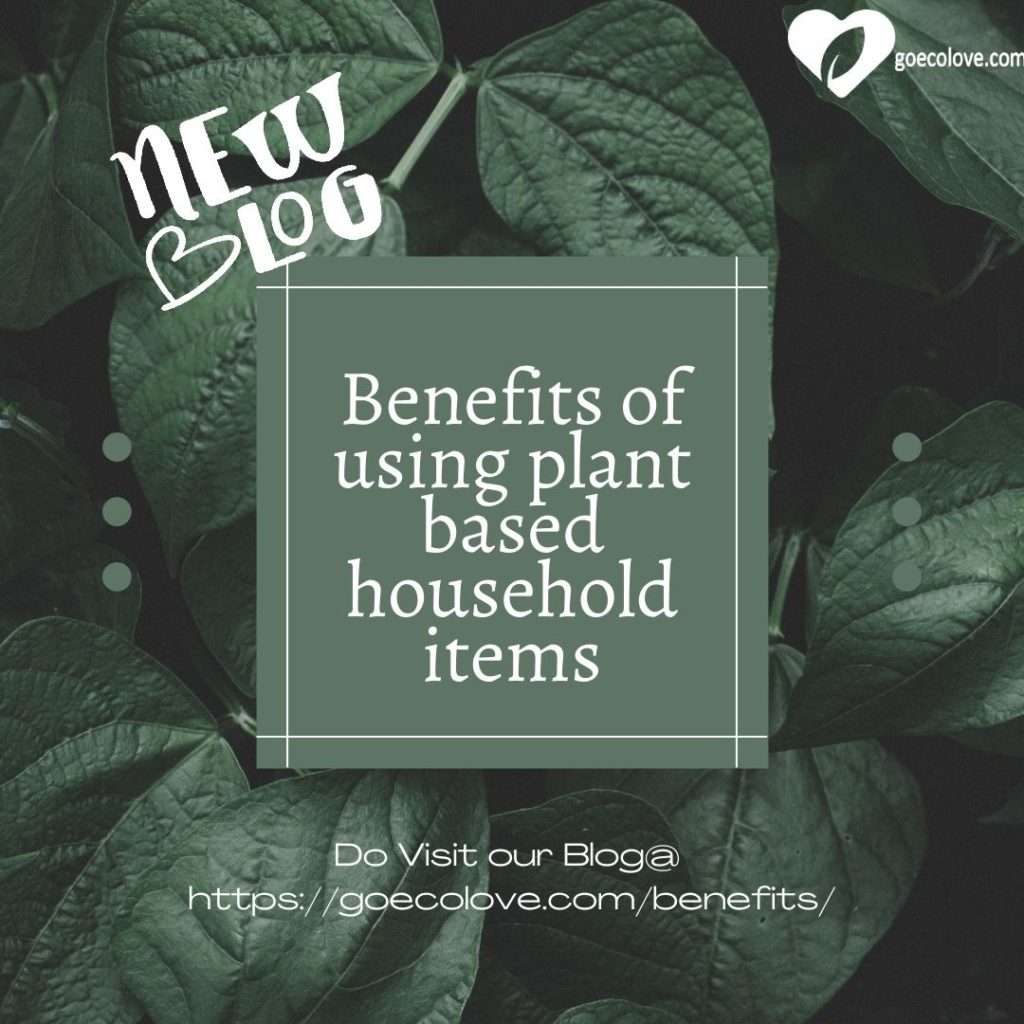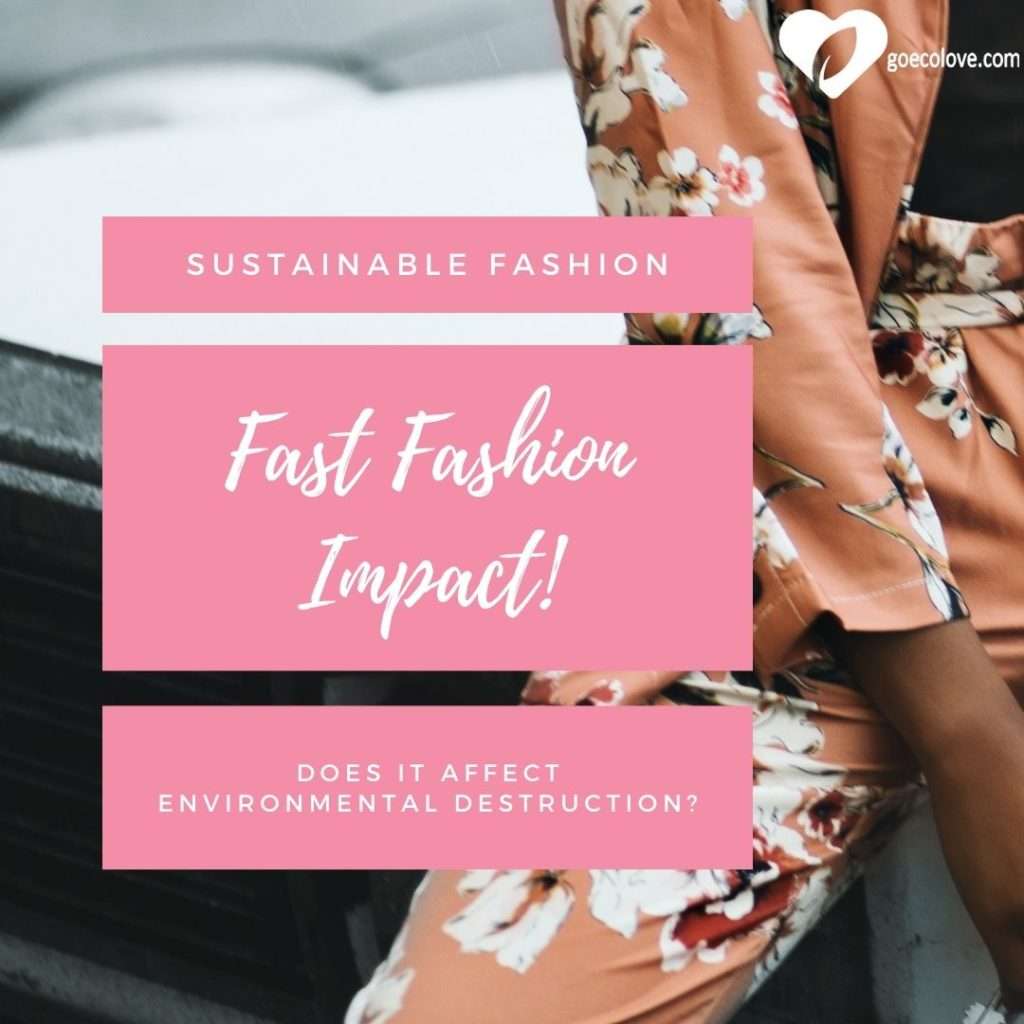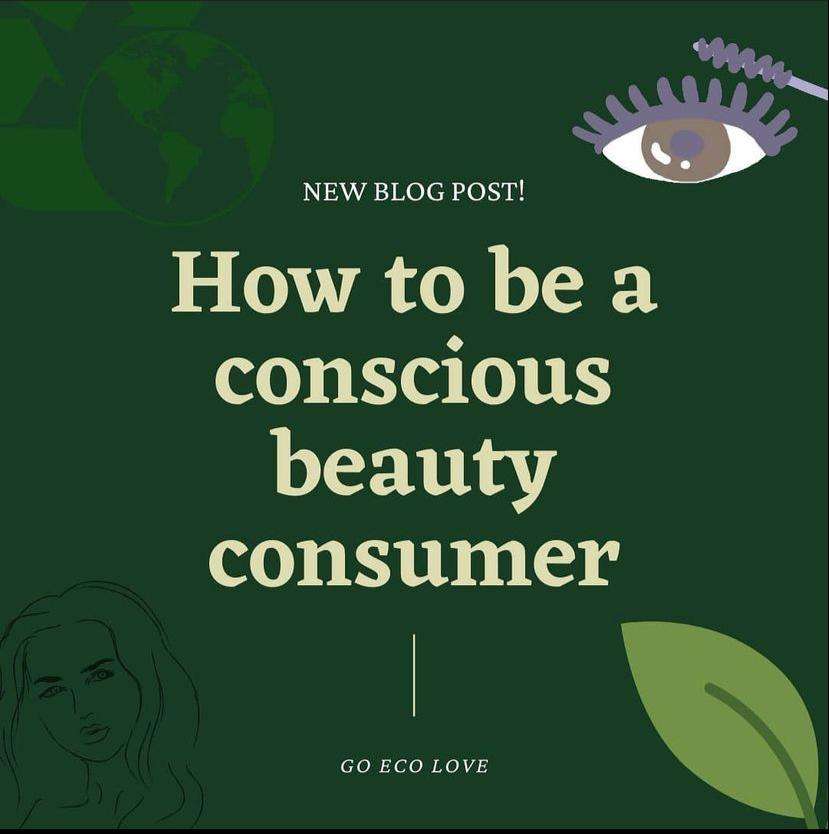Plant based household items-
Most of us have heard of the term ‘plant-based’ but do we absolutely understand what this means?
Plant-based products do not use animals or by-products at any stage of production. As a result, this means they are made from plants.

Green cleaning is the process of choosing plant-based cleaning products that are better for both people and the planet. These products are good for the health and wellbeing of your people, and it also helps to prevent unnecessary chemicals from being released into the environment.
Eco-friendly products such as cleaners have the ability to boost the air quality of your home. These products are used for cleaning glass, furniture, and floor, etc. These products are eco cleaners, plant-based, eco-friendly, and non-toxic and could be saved from specific health and environmental risks like skin irritations, respiratory infections, itching eyes and chemical poisoning.
Use of eco cleaners, plant-based, eco-friendly and non-toxic could guarantee a brighter future for our planet and most importantly for our children.
How to make your own cleaning products?
Comparatively, it is less expensive and straightforward to make your own cleaning products. Baking soda and vinegar are the most common items used for cleaning purposes. You can also consider using lemon, citric acid and olive oil for making eco friendly cleaners. The cost of this will be almost half of typical cleaning products.
Eco friendly household items
Many household items are made from plants like wall coverings, plates and bowls. Plant ingredients are also vital for both wallpaper and household paint. Linseed, soya beans, pine resin and wood pulp are all used. Writing and drawing – paper, inks, paints, pencils and erasers are just a few of the items we use to draw and write with that are made from plants and plant extracts.
There are seven major reasons to use natural products , actually.

- It keeps your home healthier. If you go green, your environment will remain green.
- Products are safe to use.
- It will keep your environment pure.
- Using natural products helps to maintain the environmental air quality.
- These products are less expensive.
- Fewer antibacterials.
- Helps to improve more knowledge of ingredients.
4 benefits of our plant-based products
- Products are safer around children and pets.
You will never need to worry about the risks of toxic and harmful ingredients on yourself, your pets or your children. This is because we use natural ingredients in our products, which eliminate all harm.
- Better performance and durability.
Harness the power of nature to get far more superior products. Most of these products are longer lasting, safe to use and durable.
- A clean home and a clean conscience.
At Clean Living we are proud of using plant-based products.
At Go Eco Love we sell plant-based plates & bowls which are microwaveable, safe to use & reusable. We are proud to be sourcing these from ethical manufacturers. You can buy these products at Go Eco Love Shop








